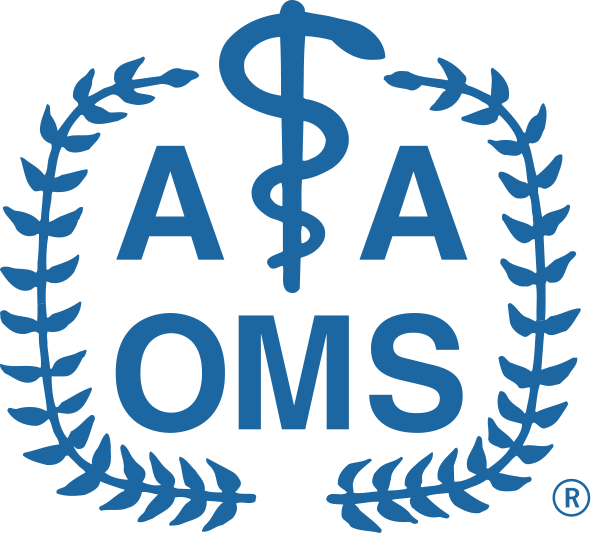Congress passed on Dec. 21 – and President Donald Trump signed into law Dec. 27 – an omnibus package (HR 133) that funds the government agencies through September and provides $908 billion in COVID-19 relief. The bill also includes provisions preventing surprise billing instances and temporarily halting cuts to Medicare providers – including OMSs – that were scheduled to begin Jan. 1.
In addition, the package includes small business-related provisions. Most notably, it creates a second loan from the Paycheck Protection Program (PPP), a “PPP second draw” loan for smaller and harder-hit businesses with a maximum of $2 million; extends the PPP application period for all loans to March 31, 2021 or until funding runs out; provides flexibility on the covered loan period; allows PPP funds to be used for PPE and infection control mitigation expenses; permits expenses paid with PPP funds to be tax-deductible; allows a simplified forgiveness process for PPP loans under $150,000; provides flexibility for PPP and EIDL borrowers; allows PPP borrowers to take advantage of the Employee Retention Tax Credit; and extends tax credits for COVID-19-related paid sick and family leave through March 31, 2021. The ADA and Academy of Dental CPAs provide an overview on the small business loan changes.
Language to prevent surprise billing instances was included in the year-end package after a flurry of last-minute negotiations among key committees’ leaders and stakeholders. The final provisions were similar to legislation out of the House Ways and Means Committee and favored by AAOMS for being more provider-friendly than the other leading proposals. AAOMS still expressed concerns with the proposal. One of its requests – a provision to bar arbiters from basing their billing decisions on public program rates, such as Medicare and Medicaid – was included in the final language. Many details of the arbitration process will be flushed out during the regulatory process, and AAOMS will closely monitor for input.
Congress also addressed the Medicare cuts issue by temporarily halting the impact of scheduled cuts to many provider payments in 2021 due to the scheduled increase of payment for evaluation and management (E/M) codes. The legislation allocates $3 billion more into the physician fee schedule in 2021, resulting in a 3.75 percent increase across the board – and a 2 percent increase for oral and maxillofacial surgery – helping Medicare providers during the COVID-19 pandemic. AAOMS had been advocating with a coalition group to ask Congress to intervene to prevent the payment cuts.
Finally, due to the passage of the omnibus package, CMS announced Dec. 28 it will extend through March 31 the suspension of the 2 percent sequestration payment adjustment set to expire Dec. 31.
Below is a summary of several provisions of interest to OMSs.
Paycheck Protection Program (PPP) and small business loan provisions
- Allows PPP loan funds to be used for PPE and infection control mitigation expenses.
- Allows expenses already – or expected to be – paid for with PPP funds to be tax deductible. CARES Act Provider Relief Funds remain taxable.
- Allows a simplified forgiveness process for PPP loans under $150,000.
- Repeals the requirement that PPP borrowers deduct the amount of their Economic Injury Disaster Loan Program (EIDL) advance from their PPP forgiveness amount and requires the SBA to issue rules that ensure borrowers are made whole if they received forgiveness and their EIDL was deducted from that amount. See SBA notice on how lenders should remit such payment.
- Permits PPP borrowers to apply for the Employee Retention Tax Credit (ERTC) and expands the wage cap and percentage of eligible wages for that credit.
- Creates a second loan from the PPP program called a “PPP second draw” loan for certain smaller and harder hit businesses with a maximum amount of $2 million. Among the qualifying requirements, small businesses must demonstrate loss of 25 percent of gross receipts in any quarter during 2020 when compared to the same quarter in 2019.
- Allows 501(c)(6) organizations such as AAOMS to qualify for PPP loans provided lobbying activities do not comprise more than 15 percent of receipts or 15 percent of activities. Prohibits the use of PPP loans for lobbying activities.
- Extends the PPP application period to March 31, 2021, or earlier if funding runs out. The program reopened for loans on Jan. 11.
- Provides additional EIDL money and extends covered period for Emergency EIDL grants through Dec. 31, 2021.
Visit the U.S. Small Business Administration for more information on the PPP changes and loan draws. The ADA and Academy of Dental CPAs also provide an overview of COVID-19-related small business loan programs.
Miscellaneous provisions
- Extends tax credits for COVID-19-related paid sick and family leave through March 31 but does not extend the employer paid leave mandate, first established last March by the Families First Coronavirus Response Act, beyond 2020.
- Provides an additional $3 billion in the Provider Relief Funds for healthcare providers and hospitals for healthcare-related expenses or lost revenue directly attributable to the pandemic.
- Restores the presumption of provider flexibility in accounting for lost revenues attributable to coronavirus for use of Provider Relief funds, which reverts the calculation back to HHS’s guidance from June 2020.
- Allows Provider Relief Funds to be allocated or transferred among subsidiary eligible health care providers, including reimbursement that was marked by HHS as “Targeted Distribution” payments.
- Provides additional money for testing, vaccines and PPE procurement.
- Allows more flexibility for the Administration to accept documentation for 7(a) loans beyond those enumerated in the CARES Act to determine eligibility for sole proprietors and the self-employed.
- Requires states to have methods in place to address situations when claimants of unemployment compensation refuse to return to work or refuse to accept an offer of suitable work without good cause including a reporting method for employers to notify the state when an individual refuses employment.
- Prevents instances of surprise medical billing. See detailed American Medical Association summary.
- Temporarily halts cuts to Medicare providers – including OMSs – that were scheduled to begin Jan. 1. due to the scheduled increase of payment for evaluation and management (E/M) codes. The new law allocates $3 billion more into the physician fee schedule in 2021, resulting in a 3.75 percent increase across the board – and a 2 percent increase for oral and maxillofacial surgery – helping Medicare providers during the COVID-19 pandemic.
- Congress also delayed the 2 percent sequester cuts that were supposed to resume Jan. 1 for three additional months.
- Lowers the medical expense deduction on taxes – which can also be used for dental expenses – from 7.5 percent to 10 percent.
- Extends mandatory funding through 2023 for community health centers ($4 billion), National Health Services Corps ($310 million), and the Teacher Health Center Graduate Medical Education Program ($27 million).
- Temporarily removes the “use-it-or-lose-it” rule for FSA and dependent care benefits through 2022 by providing unlimited carryover and allowing mid-year election changes without a qualifying status event like getting married or having a child.


